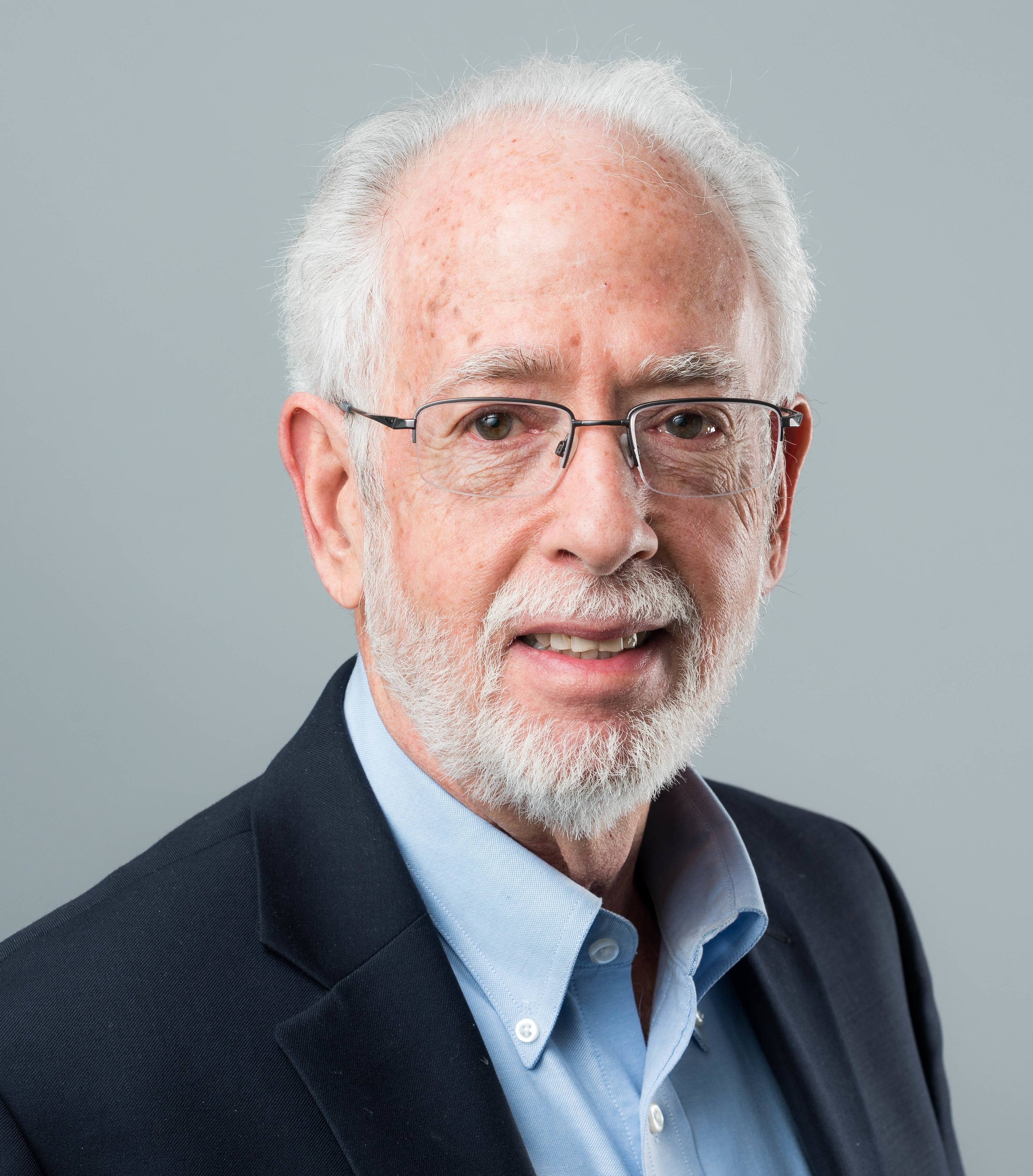Galbraith Forum
 Robert S Pindyck, MIT
Robert S Pindyck, MIT
“Population, Productivity, and Sustainable Consumption”
Tuesday, August 2
6:30 pm - 7:30 pm
Platinum 5&6
Virtual Presentation
How does the sustainable level of consumption depend on productivity growth and the size and growth rate of the population? What is the effect of uncertainty over these growth rates? I address these questions using a model in which productivity and population growth are stochastic, and social welfare allows for human lives to have (positive or negative) intrinsic value. I show how the maximum sustainable consumption-wealth ratio depends on expected rates of productivity and population growth, the volatility of those growth rates, and the extent to which welfare depends directly on the size of the population. For plausible parameter values, the sustainable consumption-wealth ratio is well below the optimal ratio that maximizes welfare. This raises a question: Given its cost, should sustainability be a social objective?

